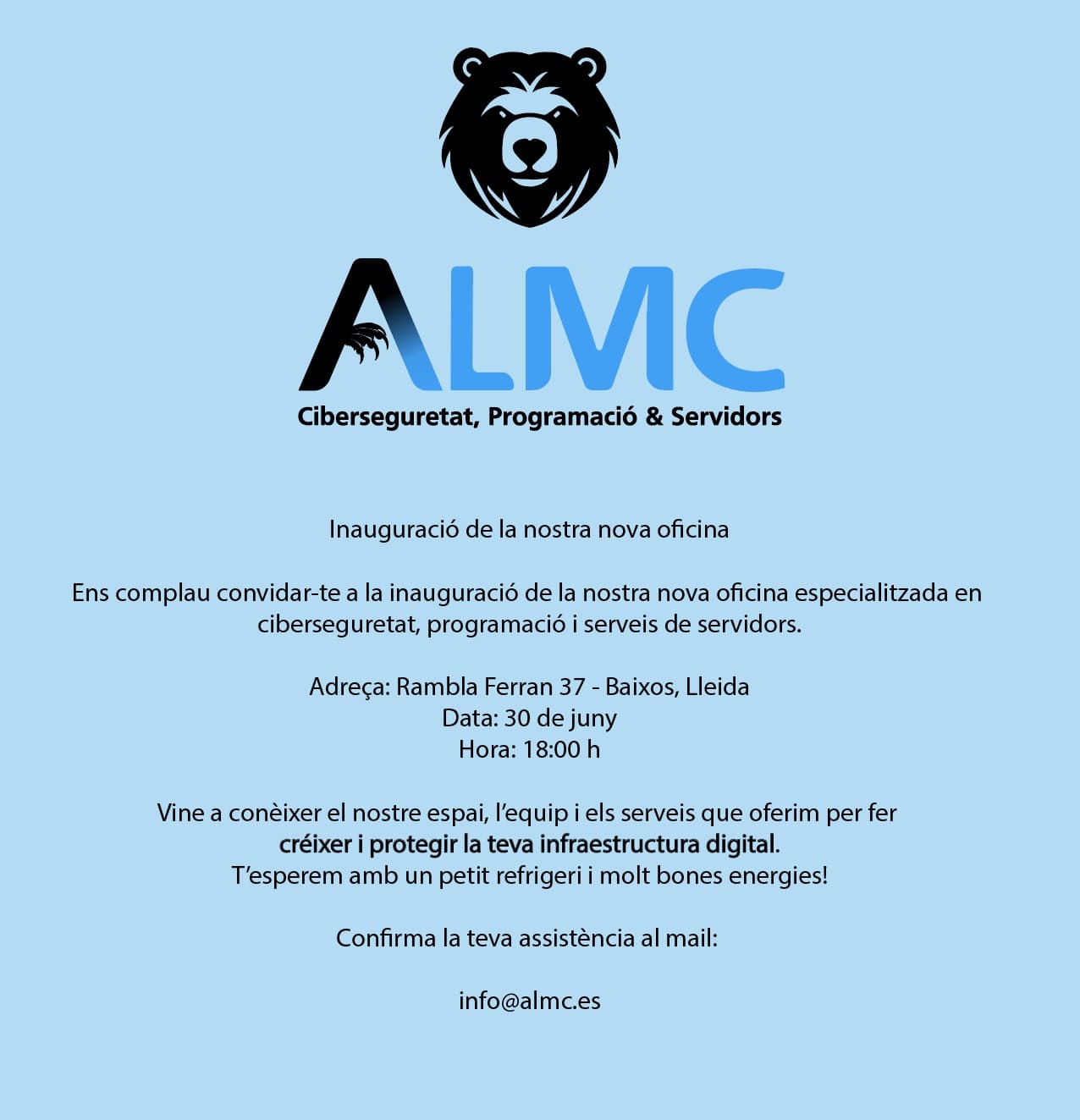🧪 gNMIBuddy
An over-engineered and opinionated tool that retrieves essential network information from devices using gNMI and OpenConfig models. Designed primarily for LLMs with Model Context Protocol (MCP) integration, it also provides a full CLI for direct use.
Opinionated by design, over-engineered by passion. gNMI and YANG expose overwhelming amounts of data with countless parameters. This tool provides what I consider the most relevant information for LLMs. And who doesn't enjoy building complicated solutions.
🎯 What It Does
Retrieve structured network data in JSON format:
- 🔄 Routing: BGP, ISIS protocols and neighbor states
- 🔌 Interfaces: Status, configuration, and statistics
- 🏷️ MPLS: Labels, forwarding tables, and segment routing
- 🔒 VPN/VRF: L3VPN configuration and route targets
- 📝 Logs: Filtered device logs with keyword search
- 🏠 Topology: Device profiles and network adjacencies
See the API definition for all available APIs and options.
⚡ Quick Start
Prerequisites
- Python
3.13+ - Network devices with gNMI enabled.
- Device inventory file (JSON format).
Device Compatibility Requirements
[!IMPORTANT] gNMIBuddy requires devices to support specific OpenConfig models depending on the functionality used.
OpenConfig Models dependencies
openconfig-system(0.17.1)openconfig-interfaces(4.0.0)openconfig-network-instance(1.3.0)
Tested on:
- Platform: cisco XRd Control Plane (
24.4.1.26I)
- Platform: cisco XRd Control Plane (
[!NOTE] The function to get logs from devices, only works on XR systems.
Installation
Install uv package manager (docs):
# macOS
brew install uv
🚀 Quick Start (Tool Usage)
Don't want to clone the repo? Use gNMIBuddy as a tool directly from GitHub:
One-time execution
# Run directly without installation
uvx --from git+https://github.com/jillesca/gNMIBuddy.git gnmibuddy --help
# Example with commands
uvx --from git+https://github.com/jillesca/gNMIBuddy.git gnmibuddy --inventory your_inventory.json device list
[!TIP] Don't want to always type the inventory? use the
NETWORK_INVENTORYenv var.
Install as a persistent tool
# Install the tool globally
uv tool install git+https://github.com/jillesca/gNMIBuddy.git
# Use it directly
gnmibuddy --help
gnmibuddy device info --device R1
# Uninstall when no longer needed
uv tool uninstall gnmibuddy
# To get updates
uv tool upgrade gnmibuddy
[!TIP] The
uvxmethod automatically builds and runs the tool in an isolated environment without affecting your system.
CLI Reference
If you don't want to use uvx, clone this repo and do.
uv sync --frozen --no-dev
This is needed only the first time you install the project.
❯ uv run gnmibuddy.py --help
▗▄▄▖▗▖ ▗▖▗▖ ▗▖▗▄▄▄▖▗▄▄▖ ▗▖ ▗▖▗▄▄▄ ▗▄▄▄▗▖ ▗▖
▐▌ ▐▛▚▖▐▌▐▛▚▞▜▌ █ ▐▌ ▐▌▐▌ ▐▌▐▌ █▐▌ █▝▚▞▘
▐▌▝▜▌▐▌ ▝▜▌▐▌ ▐▌ █ ▐▛▀▚▖▐▌ ▐▌▐▌ █▐▌ █ ▐▌
▝▚▄▞▘▐▌ ▐▌▐▌ ▐▌▗▄█▄▖▐▙▄▞▘▝▚▄▞▘▐▙▄▄▀▐▙▄▄▀ ▐▌
An opinionated tool that retrieves essential network information from devices using gNMI and OpenConfig models.
Designed primarily for LLMs with Model Context Protocol (MCP) integration, it also provides a full CLI.
Help: https://github.com/jillesca/gNMIBuddy
Python Version: 3.13.4
gNMIBuddy Version: 0.1.0
Usage:
gnmibuddy.py [OPTIONS] COMMAND [ARGS]...
📋 Inventory Requirement:
Provide device inventory via --inventory PATH or set NETWORK_INVENTORY env var
Options:
-h, --help Show this message and exit
-V, --version Show version information
--log-level LEVEL Set logging level (debug, info, warning, error)
--module-log-help Show detailed module logging help
--all-devices Run on all devices concurrently
--inventory PATH Path to inventory JSON file
--max-workers NUMBER Maximum number of concurrent workers for batch operations (--all-devices, --devices, --device-file)
Commands:
device (d) Device Information
info Get system information from a network device
list List all available devices in the inventory
profile Get device profile and role information
network (n) Network Protocols
interface Get interface status and configuration
mpls Get MPLS forwarding and label information
routing Get routing protocol information (BGP, ISIS, OSPF)
vpn Get VPN/VRF configuration and status
topology (t) Network Topology
neighbors Get direct neighbor information via LLDP/CDP
network Get complete network topology information. Queries all devices in inventory.
ops (o) Operations
logs Retrieve and filter device logs
validate Validate all collector functions (development tool)
Examples:
gnmibuddy.py device info --device R1
gnmibuddy.py network routing --device R1
gnmibuddy.py --all-devices device list
Run 'gnmibuddy.py COMMAND --help' for more information on a command.
🤖 LLM Integration (MCP)
gNMIBuddy integrates with LLMs through the Model Context Protocol (MCP), providing network telemetry tools for AI agents.
🚀 Quick Start (Recommended)
No installation required - runs directly from GitHub using uvx:
| MCP Client | Configuration | Location |
|---|---|---|
| VSCode | 📋 Copy config | .vscode/mcp.json |
| Cursor | 📋 Copy config | .cursor/mcp.json |
| Claude Desktop | 📋 Copy config | See Claude Docs |
[!TIP] Copy the configuration file contents and update the paths.
🧪 Testing Your Setup
# Test the MCP integration
NETWORK_INVENTORY=your_inventory.json \
npx @modelcontextprotocol/inspector \
uvx --from git+https://github.com/jillesca/gNMIBuddy.git gnmibuddy-mcp
If you're developing or want full control over the installation:
Clone the repository:
git clone https://github.com/jillesca/gNMIBuddy.git cd gNMIBuddyChoose your configuration:
| MCP Client | Configuration |
|---|---|
| VSCode | 📋 Copy config |
| Cursor | 📋 Copy config |
| Claude Desktop | 📋 Copy config |
Test the development setup:
NETWORK_INVENTORY=your_inventory.json \ npx @modelcontextprotocol/inspector \ uv run --with "mcp[cli],pygnmi,networkx,pyyaml" \ mcp run mcp_server.py
[!IMPORTANT] Set the
NETWORK_INVENTORYenvironment variable to your inventory file.
🧪 Testing with DevNet Sandbox
Don't have network devices? Use the DevNet XRd Sandbox, follow the instructions to bring up a MPLS network with docker, then configure gNMI with the included Ansible playbook:
# Enable gRPC on the DevNet XRd Sandbox
ANSIBLE_HOST_KEY_CHECKING=False \
uv run --with "paramiko,ansible" \
ansible-playbook ansible-helper/xrd_apply_config.yaml -i ansible-helper/hosts
Then test with the provided xrd_sandbox.json inventory file.
Testing with AI Agents
Want to see how this MCP tool integrates with actual AI agents? Check out sp_oncall - a graph of agents that use gNMIBuddy to demonstrate real-world network operations scenarios.
📋 Response Format
gNMIBuddy provides structured, consistent responses for all network operations. The response format depends on whether you're targeting a single device or multiple devices.
Single Device Operations
Single device operations return a NetworkOperationResult object with detailed information about the operation, including status, data, metadata, and error handling.
@dataclass
class NetworkOperationResult:
device_name: str
ip_address: str
nos: str
operation_type: str
status: OperationStatus
data: Dict[str, Any] = field(default_factory=dict)
metadata: Dict[str, Any] = field(default_factory=dict)
error_response: Optional[ErrorResponse] = None
feature_not_found_response: Optional[FeatureNotFoundResponse] = None
Batch Operations
Batch operations (using --all-devices, --devices, or --device-file) return a BatchOperationResult object containing:
results: A list ofNetworkOperationResultobjects, one for each devicesummary: Aggregate statistics about the batch operationmetadata: Additional batch operation metadata
@dataclass
class BatchOperationResult:
results: List[NetworkOperationResult] # One result per device
summary: BatchOperationSummary
metadata: Dict[str, Any] = field(default_factory=dict)
For more details, see the response schema definition.
🏗️ Architecture
Schema Organization
gNMIBuddy uses a centralized schema approach for data contracts:
src/schemas/: Contains all shared data models and response contracts.src/collectors/: Network telemetry data collectors following OpenTelemetry patterns.src/processors/: Data transformation processors following OpenTelemetry patterns.
These schemas serve as contracts between different parts of the system, ensuring consistency across:
- CLI and API interfaces.
- Network operation responses.
- Error handling and status reporting.
- MCP tool integration.
Data Processing Pipeline
The application follows an OpenTelemetry-inspired architecture:
Raw gNMI Data → Collector → Processor → Schema → Response
- Collectors gather data from network devices via gNMI.
- Processors transform raw data into structured, LLM-friendly formats.
- Schemas ensure consistent data contracts across the system.
- Responses provide standardized output for CLI, API, and MCP interfaces.
⚙️ Environment Variables
gNMIBuddy supports environment variables for configuration, which work for both CLI and MCP server usage.
Global Configuration
| Variable | Description | Values | Default |
|---|---|---|---|
NETWORK_INVENTORY | Device inventory file path | File path | - |
GNMIBUDDY_LOG_LEVEL | Global log level | debug, info, warning, error | info |
GNMIBUDDY_MODULE_LEVELS | Module-specific log levels | module1=debug,module2=warning | - |
GNMIBUDDY_LOG_FILE | Custom log file path (overrides sequential) | File path | logs/gnmibuddy_XXX.log |
GNMIBUDDY_STRUCTURED_LOGGING | Enable JSON logging | true, false | false |
GNMIBUDDY_EXTERNAL_SUPPRESSION_MODE | External library suppression | cli, mcp, development | cli |
Sequential Log Files: gNMIBuddy automatically creates numbered log files (gnmibuddy_001.log, gnmibuddy_002.log, etc.) for each execution in the logs/ directory. The highest number is always the most recent run.
[!NOTE] Environment variables serve as defaults and can be overridden by CLI arguments like
--log-leveland--module-log-levels.
For complete logging environment variable documentation, see Logging README
⚙️ Batch Operations & Concurrency
gNMIBuddy supports running commands across multiple devices simultaneously with configurable concurrency controls to optimize performance while avoiding rate limiting.
Batch Operation Options
Device Selection:
--device DEVICE: Single device operation--devices device1,device2,device3: Comma-separated device list--device-file path/to/devices.txt: Device list from file (one per line)--all-devices: Run on all devices in inventory
Concurrency Controls:
--max-workers N: Maximum concurrent devices to process (default: 5)--per-device-workers N: Maximum concurrent operations per device (default: varies by command)
Understanding Concurrency Levels
gNMIBuddy operates with two levels of concurrency:
- Device-level concurrency (
--max-workers): How many devices to process simultaneously - Per-device concurrency (command-specific): How many operations to run simultaneously on each device
Total concurrent requests = max_workers × per_device_operations
Examples
# Process 3 devices, 2 operations per device = 6 total requests
uv run gnmibuddy.py --max-workers 3 ops validate --devices xrd-1,xrd-2,xrd-3 --per-device-workers 2




